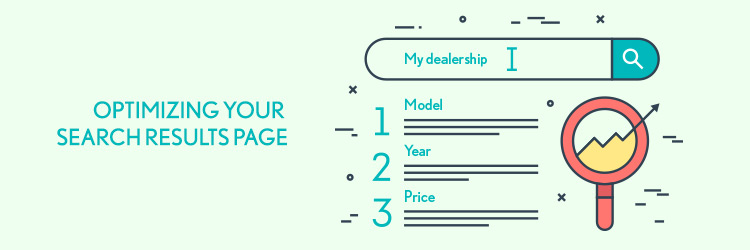
Put your most important information above the fold — that’s what the newspaper editors of old did, and it’s a practice that web developers still follow today. Above the fold content includes anything position in the uppermost part of a webpage, where it is visible to users without scrolling. When you only have four seconds to get your visitors’ attentions, it makes sense to optimize your above-the-fold content in order to keep them coming back for more, but once you’ve got them caught, how do you reel them in?
As soon as your users get started in the buyer’s journey, you need to start thinking about the rest of your page design. Not optimizing your below-the-fold content means you’re missing out on some great opportunities to turn a lead into a buyer.
Stick to these best practices when it comes to optimizing for the bottom of your webpage page, and you’ll be heading to the top in no time.
Continue Reading






